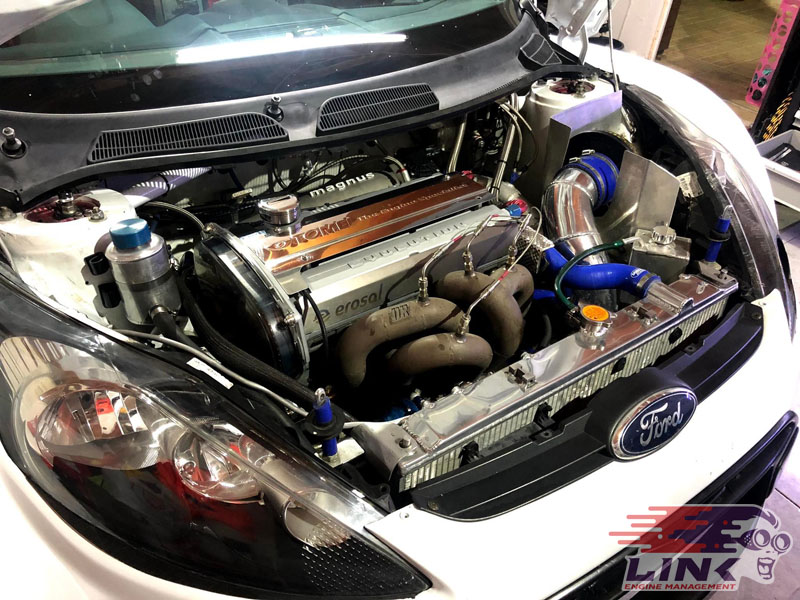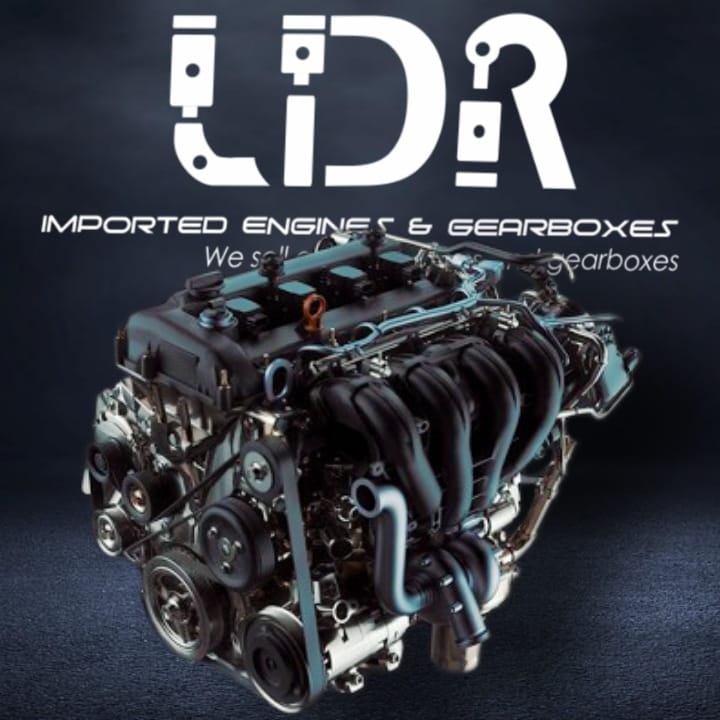Common Issues with the Ford Fiesta Engine and How to Fix Them
Wiki Article
Exploring the Advancement of Engines: From Classic Layouts to Modern Marvels
The development of engine innovation represents a considerable narrative in the history of development, noted by critical improvements that have continuously redefined transportation and sector. From the initial steam engines that powered the Industrial Change to the introduction of internal burning engines that transformed mobility, each stage has added to better effectiveness and capacity. Currently, the change to electric power represents not just a technical change however likewise a broader commitment to ecological sustainability. As we check out these turning points, one must take into consideration just how the future of engine layout may unravel, testing our perceptions of power and efficiency.The Birth of Engine Technology
The introduction of engine technology noted a crucial moment in human advancement, changing power conversion and transportation. The earliest engines emerged from the requirement to harness mechanical power for practical use, leading to the development of tools that converted numerous power types right into movement (ford fiesta engine).The advancement of the internal combustion engine and the development of the vapor engine catalyzed an extensive change in commercial abilities. These engines not only enhanced performance yet also broadened the range of human wheelchair, enabling unmatched transportation possibilities. The very early models prepared for the mechanized globe, helping with the rise of markets and improving societal frameworks.
As engine layouts developed, they integrated cutting-edge products and advanced engineering principles, paving the method for contemporary developments - ford fiesta engine. The birth of engine modern technology ignited a ruthless quest of efficiency and power, establishing the phase for the vibrant development of transport and commercial machinery that would adhere to
Heavy Steam Engines and Their Impact

The vapor engine's influence was particularly noticeable in the transport sector (ford fiesta engine). Steam-powered locomotives promoted the fast activity of items and individuals throughout large distances, efficiently reducing the geographical obstacles that had actually previously prevented trade and communication. Likewise, steamships transformed marine travel, enabling for quicker and extra trustworthy crossings of oceans and rivers.
In sector, heavy steam engines powered factories, enabling mass production and the rise of metropolitan centers as hubs of financial task. Steam innovation cultivated technologies in engineering and manufacturing procedures, laying the groundwork for future advancements in engine style.
The Surge of Interior Burning
Regularly overshadowing steam power, the rise of internal burning engines noted a transformative change in transportation and market throughout the late 19th and very early 20th centuries. The growth of these engines, characterized by their ability to shed gas within the engine itself, made it possible for greater performance and power compared to conventional heavy steam engines. Introducing creators such as Nikolaus Otto and Rudolf Diesel played critical roles in improving engine layouts, resulting in extensive adoption in cars, watercrafts, and industrial machinery.The inner burning engine's compact dimension and reasonably lightweight nature helped with the development of individual lorries, transforming specific movement and improving urban landscapes. By enabling faster travel and the efficient transport of items, these engines militarized financial development and fostered globalization. The versatility of fuel options, including gasoline and diesel, even more boosted their charm, permitting varied applications across various fields.
Despite the environmental concerns that would certainly later arise, the initial allure of interior combustion modern technology stocked its transformative potential. As society embraced this development, the structure was laid for modern-day transport systems, developing internal burning engines as a cornerstone of commercial development and day-to-day live throughout the 20th century.
Developments in Engine Performance
As inner combustion engines became indispensable to transport and sector, the emphasis changed towards boosting their efficiency to fulfill expanding demands for efficiency and sustainability. Technologies in engine style, material science, and technology have dramatically added to this advancement.One major improvement is the growth of turbocharging, which permits raised air intake, causing even more total fuel burning and enhanced power result without expanding engine size. Additionally, variable shutoff timing systems have been carried out to optimize engine efficiency throughout numerous RPM arrays, therefore boosting fuel performance.
The utilization of sophisticated gas shot innovations, such as straight injection, has actually likewise played a crucial role. This technique permits even more precise control over the fuel-air mix, promoting far better burning and lowering exhausts. In addition, light-weight products, consisting of aluminum and composite parts, have actually been embraced to minimize total engine weight, causing enhanced performance.
These improvements show a more comprehensive trend within the vehicle sector, where the harmony between design development and ecological factors to consider drives the continuous quest for greater efficiency in interior combustion engines. Consequently, modern engines are currently extra powerful, cleaner, and reliable than ever before, paving the way for a much more sustainable future in transportation.
The Shift to Electric Power
With growing worries over environmental effect and fossil fuel reliance, the automotive industry is experiencing a substantial change towards electrical power. This change is driven by a combination of technical improvements, regulatory pressures, and altering consumer preferences. Electric vehicles (EVs) use an engaging option to standard interior burning engines, boasting lowered greenhouse gas discharges and lower operating prices.The increase of battery innovation has actually been a video game changer, with lithium-ion batteries ending up being extra effective and cost-effective. Improved power thickness and faster billing capabilities have actually made EVs much more useful for daily usage. Governments worldwide are carrying out incentives and establishing enthusiastic targets for phasing out fossil fuel vehicles, consequently accelerating the fostering of electrical power.
As billing framework expands and battery innovation continues to improve, the shift to electrical power is positioned to improve the vehicle landscape, advertising sustainability and development Our site in the years to come. The future of transportation is electrical, and the energy is indisputable.
Conclusion
The advancement of engine innovation represents a substantial trajectory of innovation that has actually exceptionally affected transportation and sector. From the foundational vapor engines to the transformative interior combustion engines, each advancement has actually added to improved mobility and financial development.
Report this wiki page